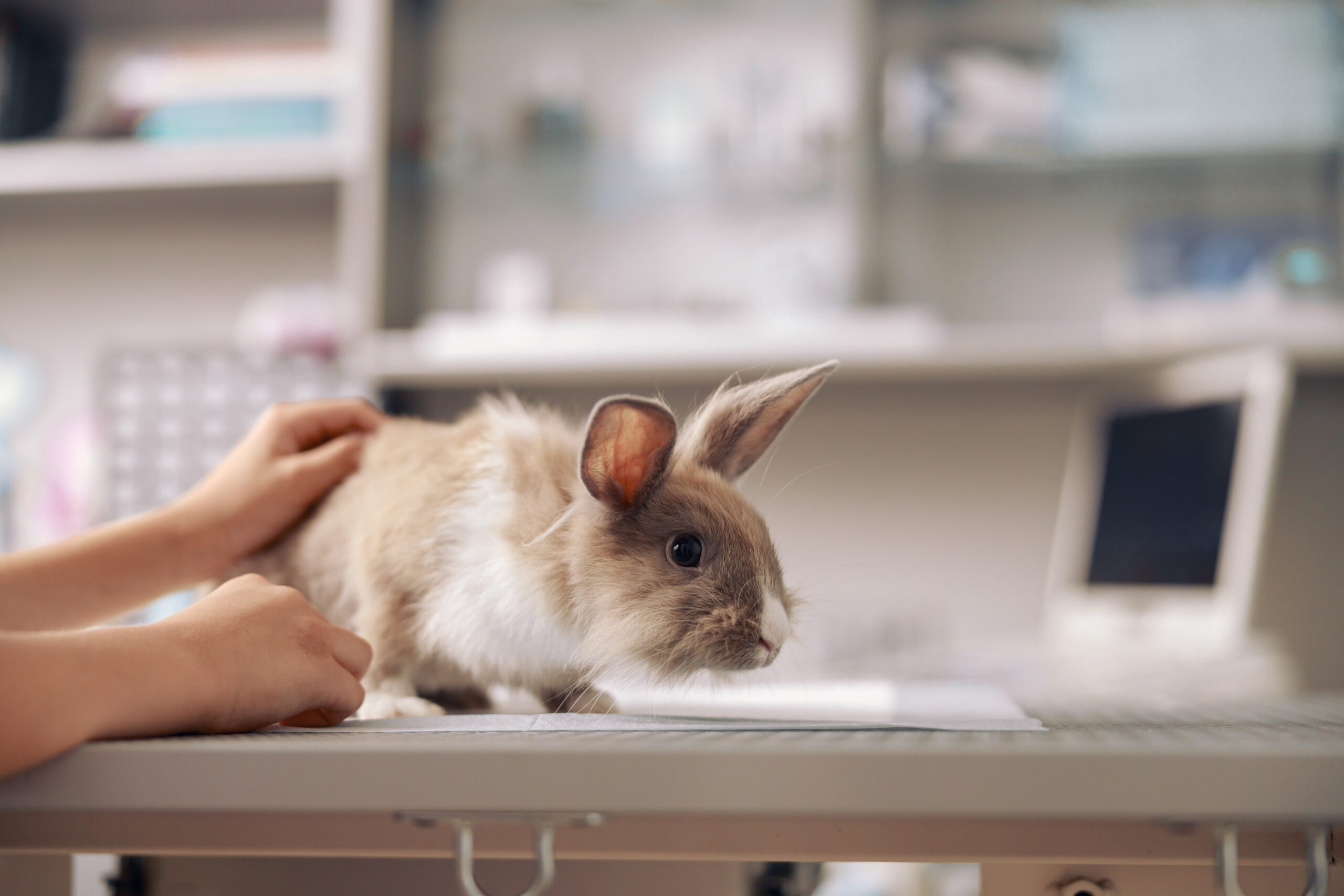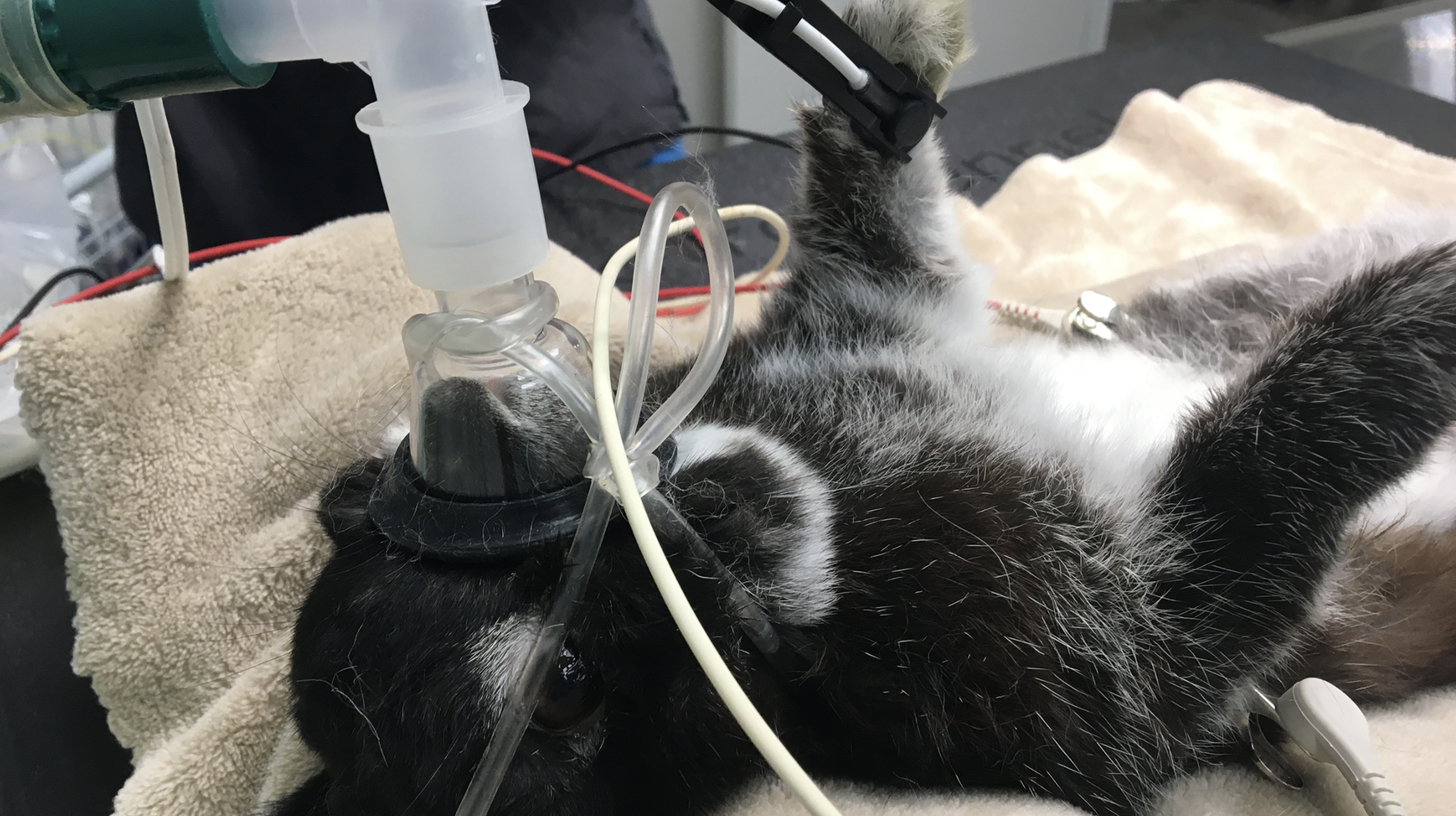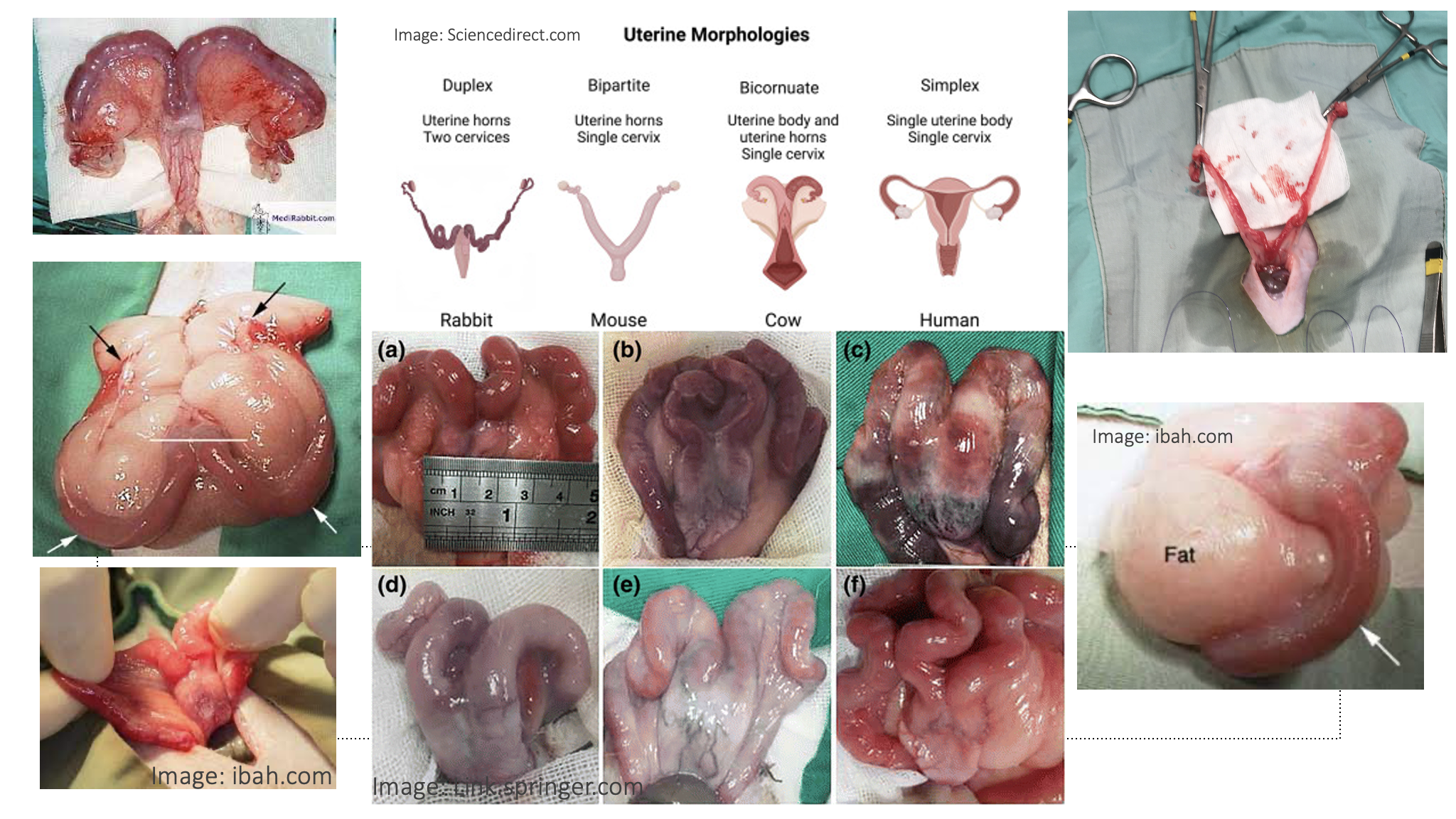Blog by Dr. Linda Jacobson, Toronto Humane Society/CASCMA – material from Dr. Jennifer Farr’s talk, “Overcoming Rabbit Anesthesia and Surgery Challenges” at the September 12 CASCMA CE Day

Dr. Jenn Farr, from the Hamilton/Burlington SPCA, literally knows her bunnies inside and out. She reminded us early in her talk that there’s no such thing as an ugly bunny, and this is absolutely true.
On the serious side, Dr. Farr shared a wealth of bunny knowledge and experience with us. I’ve outlined some clinical pearls from the talk here.
A Few Bunny Facts:
- Rabbit urine is normally red or orange, so hematuria has to be diagnosed on a dipstick or cytology. Brown urine is a sign of dehydration.
- Rabbits are happy to take medication that’s compounded with Strawberry Nesquik!

Presurgical and Anesthetic Considerations:
- Four to six months is considered the ideal age for spay/neuter, but Dr. Farr will perform surgery as early as 1kg/8 weeks, as for kittens, or when the testicles have descended in males.
- Rabbits can’t vomit. They should not be fasted before surgery, other than to potentially remove their hay for a few hours to avoid having bits in their mouth at the time of surgery.
- When intubating or working in the mouth, be aware that rabbits have a very strong vasovagal reflex. Bradycardia, syncope or even cardiac arrest can occur if you pull on the tongue!
- Dr. Farr prefers to maintain anesthesia using a mask, and not to intubate. This avoids potential vasovagal complications. Ensure that the head is correctly positioned to avoid obstructing the airway.
- Transbuccal buprenorphine is not very effective in rabbits because of their oral pH, so Dr. Farr prefers using hydromorphine as a surgical analgesic. She has not found GI stasis to be a problem.
- Dr. Farr recommended constant cardiac auscultation during surgery, as a critical monitoring tool. If ETCO2 is available, this is also highly recommended.
Neutering Pearls
- Most reported techniques are scrotal. Dr. Farr prefers the prescrotal approach, as this results in fewer hematomas. The team also applies cold compresses post-neuter to minimize complications. Turns out that Freezies are the ideal rabbit-sized cold compress!
- Testicles can be difficult to dissect out of the scrotum in mature males. Rabbit skin is fragile, so be careful not to tear the scrotum during this process!
- Farr prefers the open technique for her neuters. The tunic must be closed following removal of the testicle, otherwise the open rabbit inguinal canal could result in hernias later.
Spaying Pearls
- Adenocarcinoma occurs in up to 80% of intact does over 3-4 years of age. This is one the most important medical advantages of spaying. Surgery can also be curative for tumours that have not metastasized.
- The pedicle should never be pulled to tear the ovarian ligament, or the whole pedicle will tear. Gentle tissue handling is essential throughout.
- Pediatric curved Carmalts are one of the most useful instruments for rabbit spays.
- A vessel in the caudal part of the broad ligament supplies the bladder – it’s very important not to tear or ligate this vessel.
- The rabbit has two cervices. These can be individually ligated, or ligated at the single cervix level, as far cranial as possible to avoid that vessel supplying the bladder.

Postoperative Pearls
- Bunnies are happier with their friends. Dr. Farr keeps bonded rabbits together pre- and post-op, and has not had problems with companions causing post-operative complications.
- The shelter clinic’s surgical mortality rate is low, at approximately 0.4%. This is as a result of years of experience, and refinement of techniques for maximum patient safety.
The CASCMA Blog is Proudly Sponsored by Ogena Solutions

